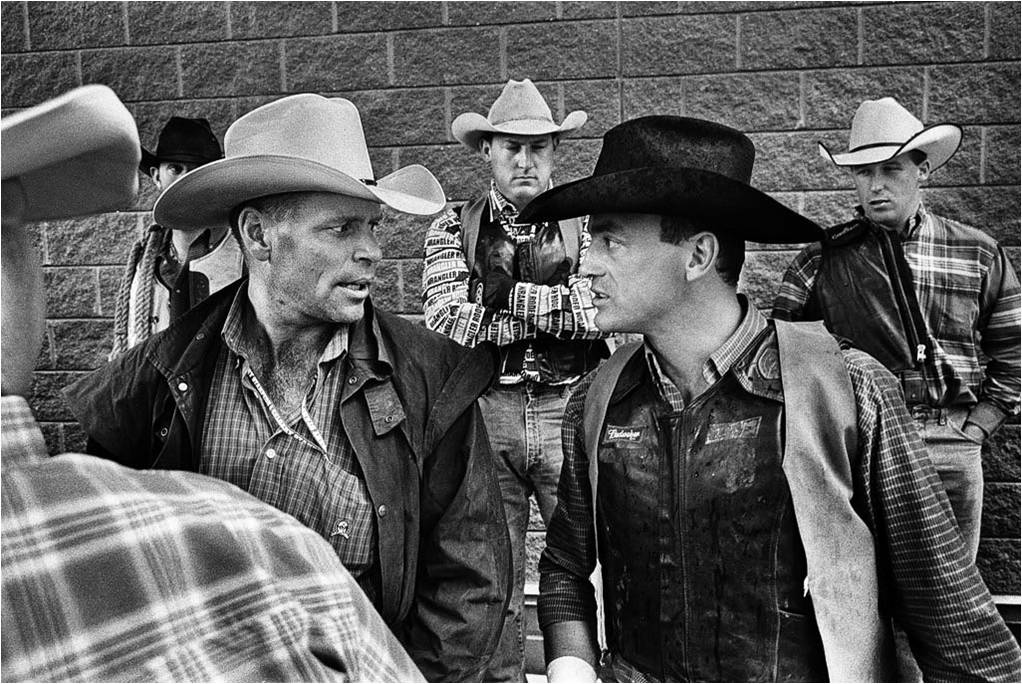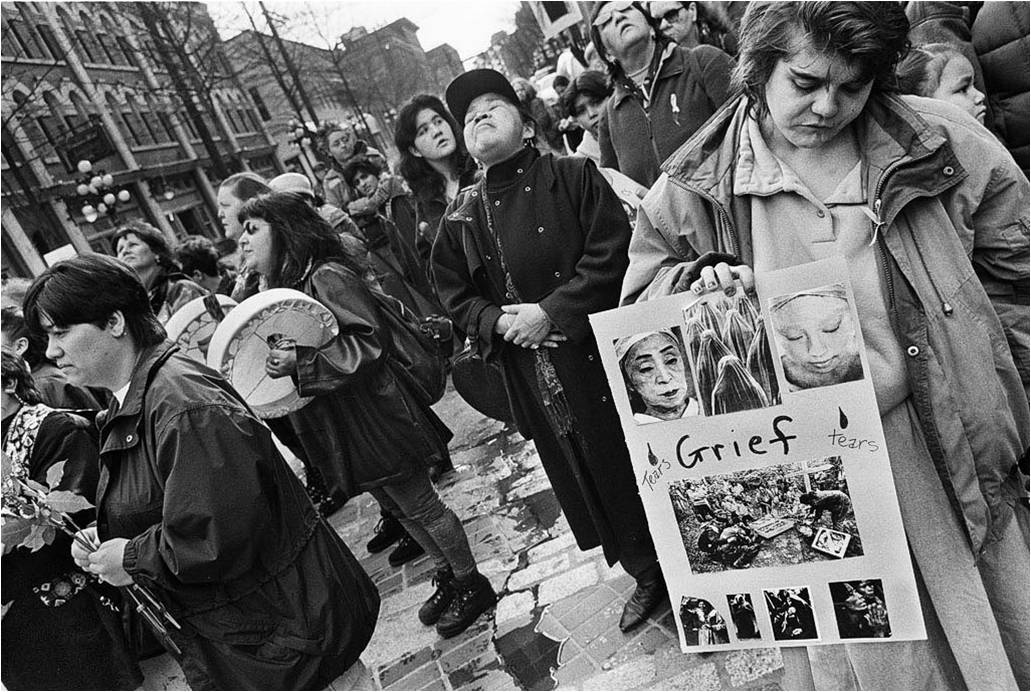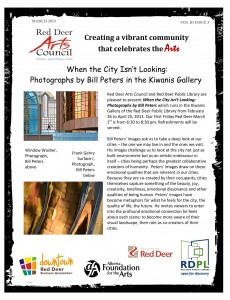 Special thanks to Diana Anderson, who curated my show at the Red Deer Arts Council’s Kiwanis Gallery, along with her team of volunteers who helped us hang the show. Rather than space out the images, Diana chose to crowd them together so they form a powerful band of colour around the room. I love working with curators, like Diana, who know their space. I’ve never worked with a professional curator who has not improved on my initial vision of how a show should go up.
Special thanks to Diana Anderson, who curated my show at the Red Deer Arts Council’s Kiwanis Gallery, along with her team of volunteers who helped us hang the show. Rather than space out the images, Diana chose to crowd them together so they form a powerful band of colour around the room. I love working with curators, like Diana, who know their space. I’ve never worked with a professional curator who has not improved on my initial vision of how a show should go up.
Quintaro Imaging did a splendid job of acrylic mounting the images. I appreciate their sponsorship support as well as sponsorship from The Camera Store in Calgary. I love the clarity and visual simplicity of acrylic mounting – it is the closest thing to having nothing between the image and the viewer that I’ve been able to find – at least that works for these images.
When the City Isn’t looking is on in Red Deer until 2013 April 25.
If you visit the show and are trying to find “Frank Gehry Surface #1” – the second image shown in the Red Deer Arts Council’s newsletter, it didn’t make the show. Again a curatorial decision. When we laid out the show in the space – this image, while powerful on its own, was the odd one out and didn’t add strength to the overall show. This is really interesting because when “When the City Isn’t Looking” was first shown at the Gallery of Photographic Arts Canada, in Calgary “Frank Gehry Surface #1” was the anchor image. What a difference space, visual context and curatorship can make!
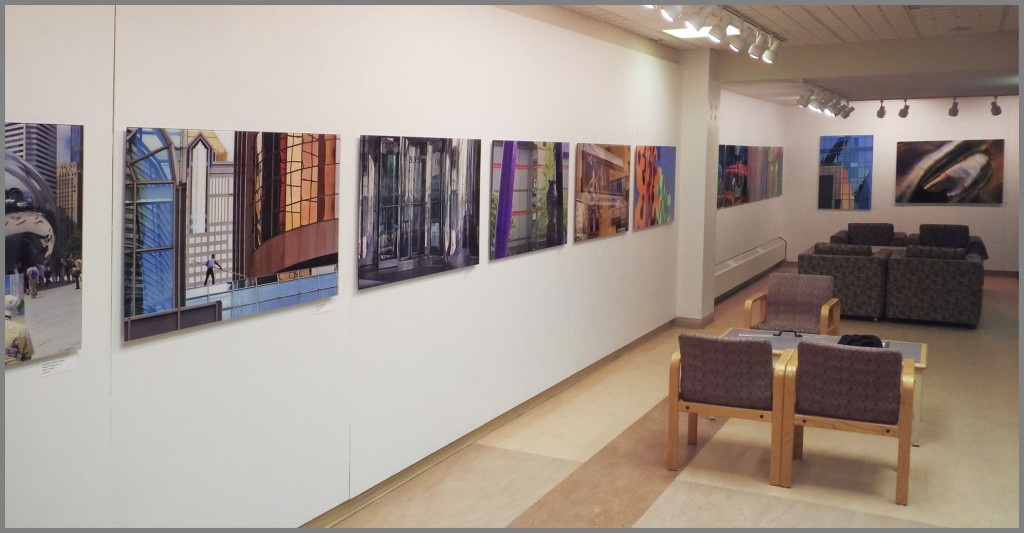
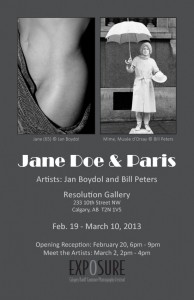
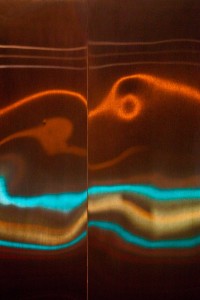
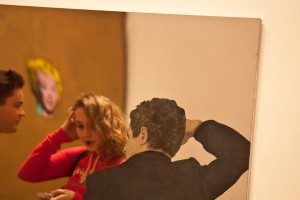
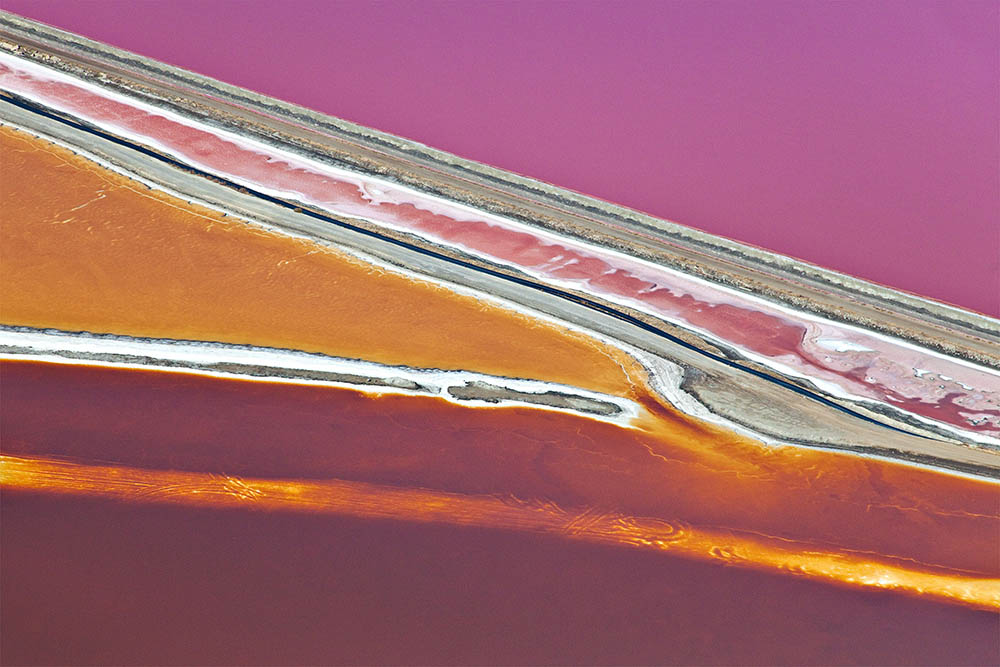
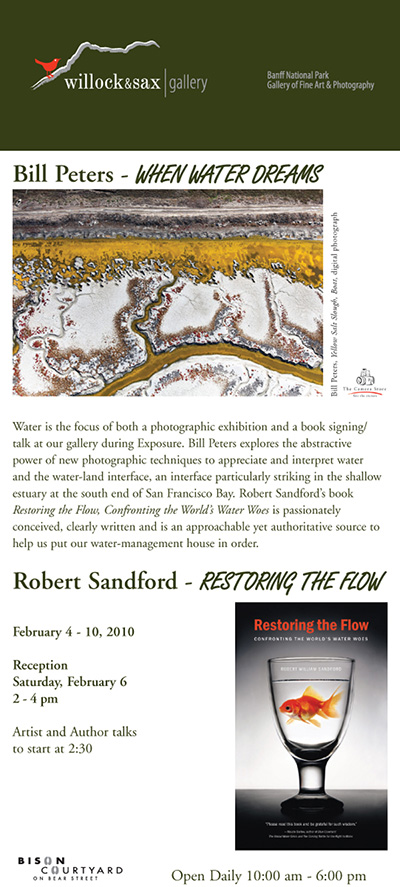
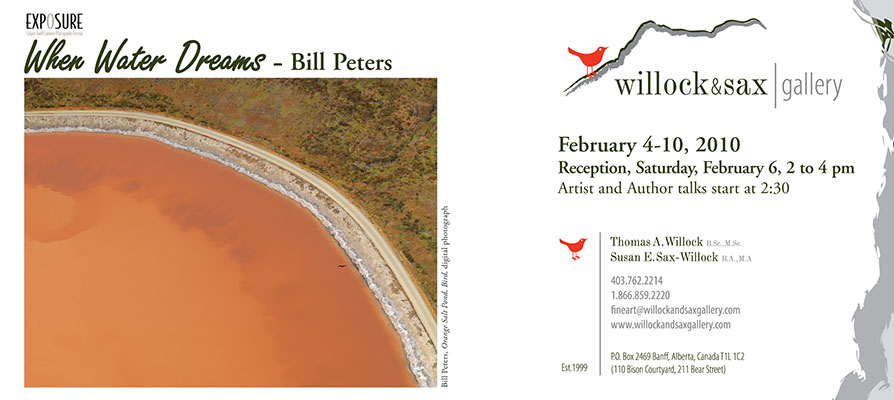
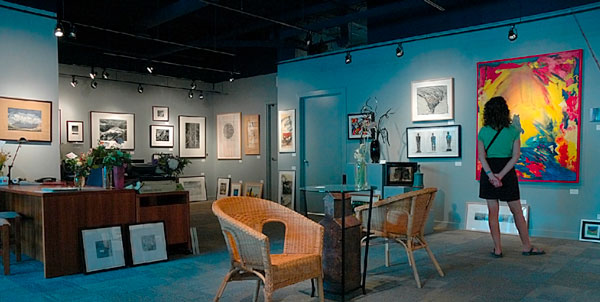
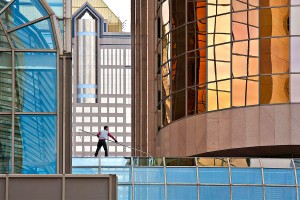
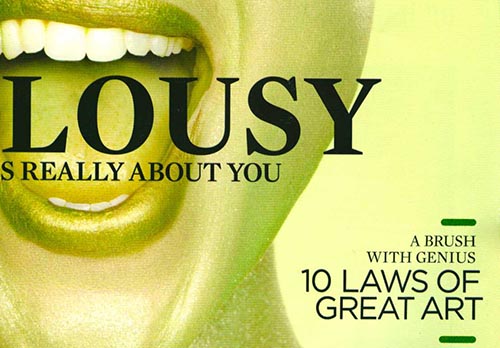
 Is knowing the rules a good idea? Sure. Knowing these and much more equips the artist, and the art critic, with a more capable tool kit. Still knowing the rules only gets one so far. It’s the difference between knowing the notes on the piano and being able to make great music. As I write this I think of all those who have struggled to learn the zone system only to wind up with a closet full of technically perfect but emotionally dead negatives.
Is knowing the rules a good idea? Sure. Knowing these and much more equips the artist, and the art critic, with a more capable tool kit. Still knowing the rules only gets one so far. It’s the difference between knowing the notes on the piano and being able to make great music. As I write this I think of all those who have struggled to learn the zone system only to wind up with a closet full of technically perfect but emotionally dead negatives.